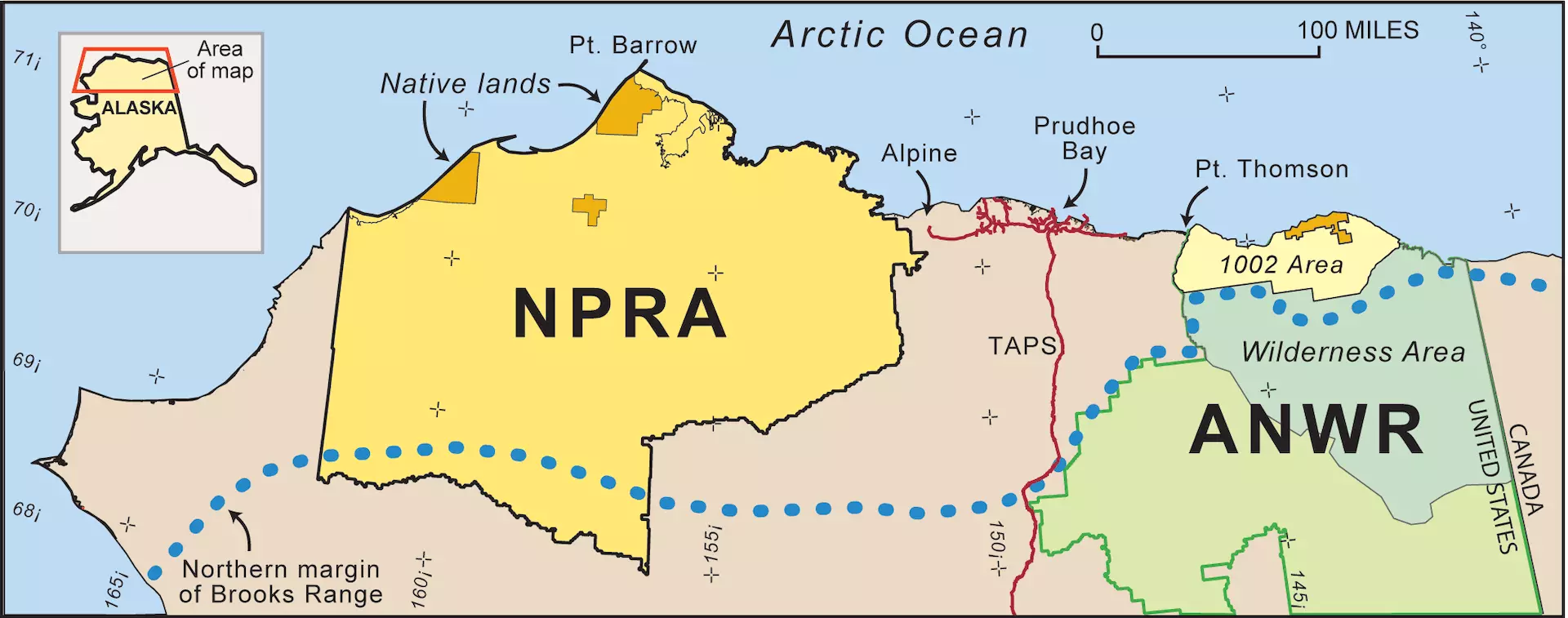https://www.lifegate.it/biden-alaska
- |
- The Biden administration has just approved the drilling project in Alaska proposed by the hydrocarbon company ConocoPhillips.
- The project, known as the Willow project, will have a huge climate impact, equal to the reactivation of a third of the coal plants in the entire United States.
Joe Biden's United States approves a huge oil drilling project in Alaska, despite its climate impact and the promises made by the president in terms of reducing emissions.
Known as Willow project, the drilling project in Alaska has attracted a lot of criticism from environmental associations, indigenous communities and several Democratic parliamentarians.

What is the Willow project approved in Alaska
The oil and gas drilling and extraction project approved by Joe Biden on Monday, March 13, 2023, known as the Willow project it is worth around 7 billion dollars and will be built within the National Petroleum Reserve-Alaska (NPRA), an area of over 90 million hectares on the North Slope, the northern region of Alaska, in the largest stretch of pristine public land in the United States.
The approved Willow project is in reality a shortened version of the project originally proposed by the ConocoPhillips company (Cop.N).In fact, Cop.N.had proposed the construction of five drilling sites, kilometers of roads and pipelines and seven bridges.Instead, they were approved "only" three wells.
The entire project was initially approved by the Trump administration in 2020, but a federal judge in Alaska blocked the project in 2021, saying the environmental analysis was flawed and needed to be redone.
Why Willow matters to Alaska
The Willow project area contains approx 600 million barrels of oil, more than the amount currently held in the US strategic petroleum reserve, the emergency supply of oil managed by the US Department of Energy (incidentally the largest publicly known emergency supply in the world:its underground reservoirs in Louisiana and Texas have a capacity of 714 million barrels).
Alaska's economy still largely depends on the drilling industry.For this reason, federal politicians hope that the project will guarantee them years of prosperity.Biden also urged oil companies to increase their oil production to keep consumer energy prices under control.
ConocoPhillips has guaranteed that the project will bring into the coffers of the federal and state governments (and those of the local community, according to the company) as many as 17 billion dollars in profits.
What is its environmental impact
The US Department of the Interior explained that it had not supported the entire proposal and had only approved a reduced version of the project precisely to reduce environmental risk and the impact on the habitats of some animal species, including polar bears and yellow-billed grebes.
But environmental groups (among which stands out PeopleVSFossilFuels, a coalition of over 1,200 organizations on the front lines of climate justice, including associations fighting for indigenous rights Sovereign Iñupiat for an arctic living and theAlaska wilderness league) are disconcerted by this decision, arguing that the project, even in its reduced form, is in conflict with promises of the Biden administration to combat climate change.
This is an attack on pristine nature and the drilling project could emit approximately 287 million tons of CO2 over the next 30 years, equivalent to the reactivation of a third of all coal-fired power plants in the United States or equal to the emissions produced by 1.1 million homes in a year, more than those of Chicago in short.One for sure “carbon bomb” That it would block US efforts for decades to get away from fossil fuels.
